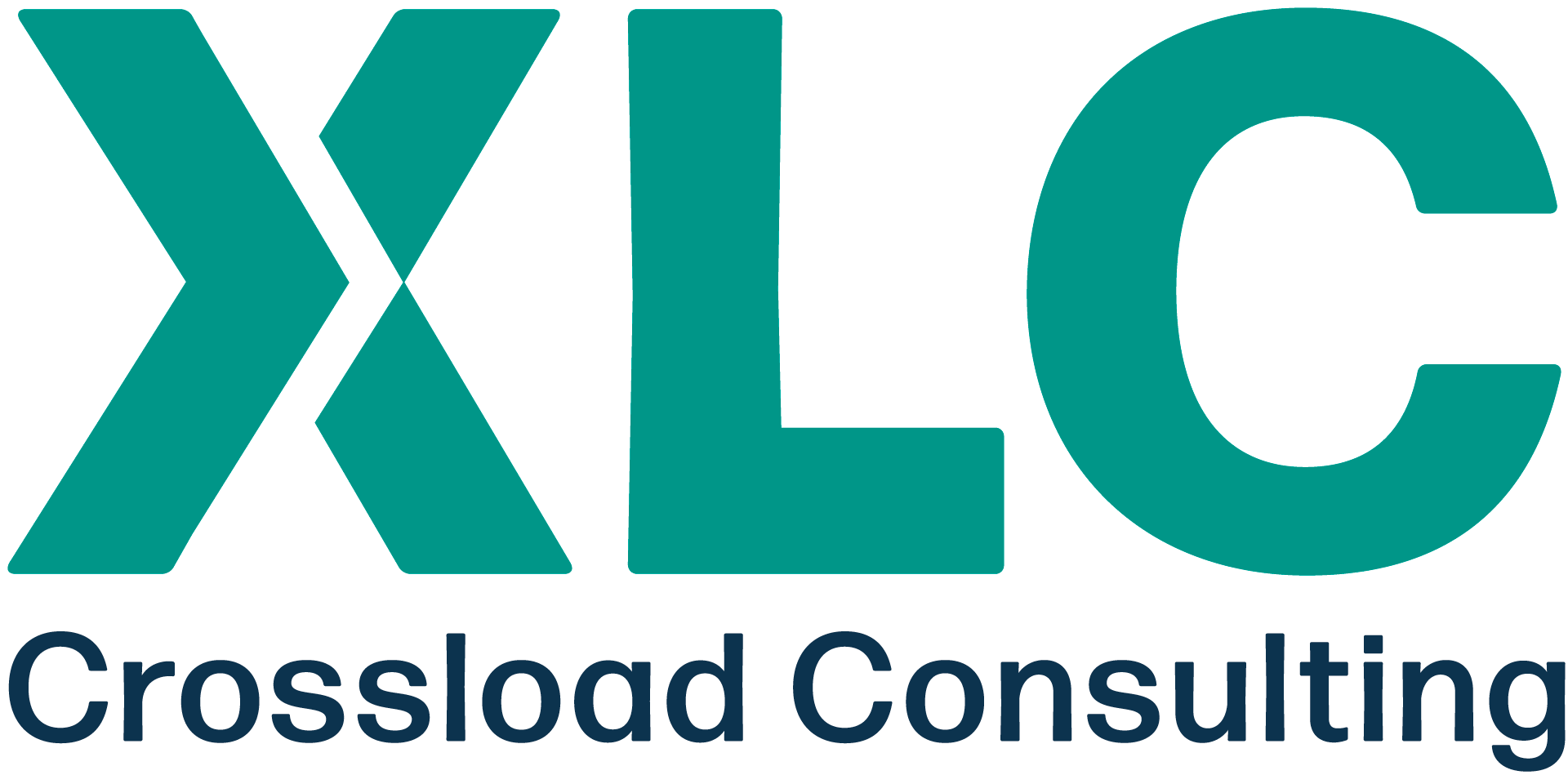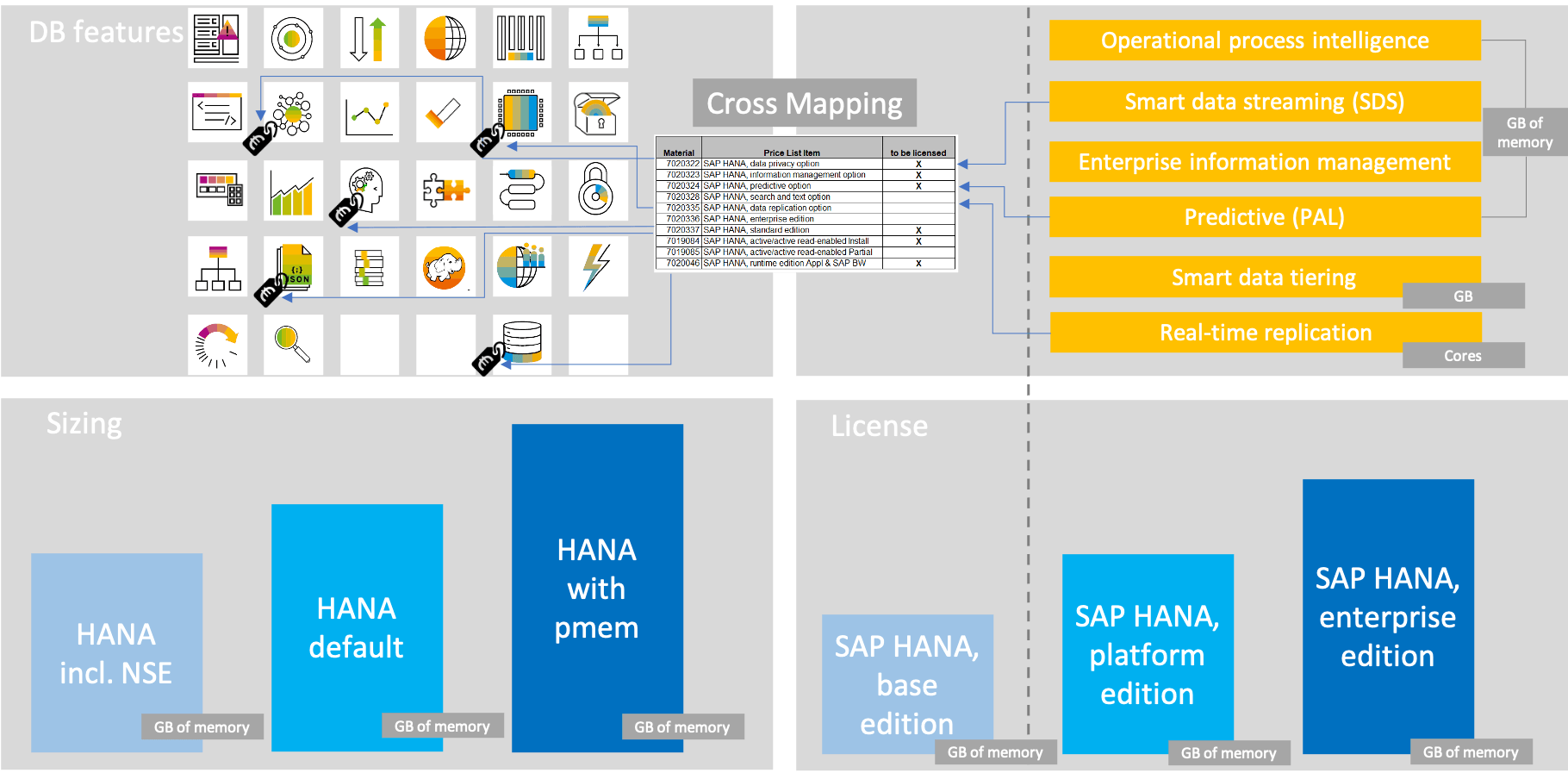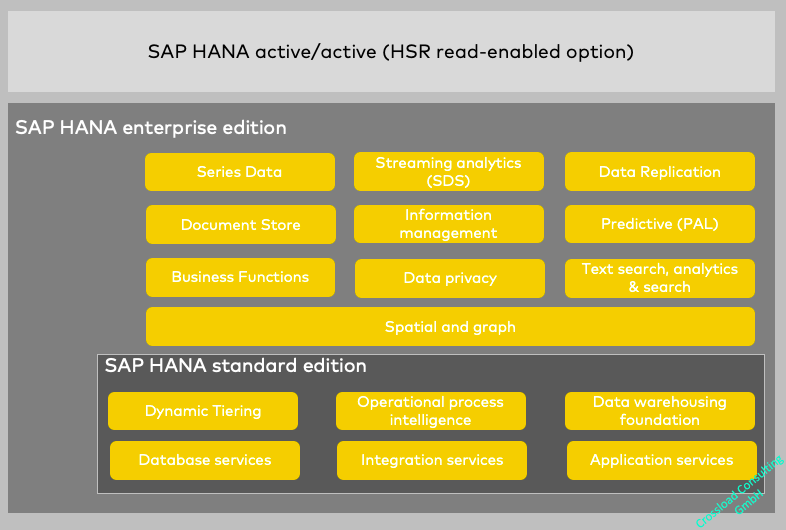HANA Sizing
When using HANA, the main memory size is a driving factor in hardware and license costs. With our experience in sizing and optimizing main memory usage with various HANA features in conjunction with our partner License Ethics, we can reduce these costs significantly.
Workshop
This workshop is used for the initial capture of the systems and expectations.
This can affect new systems as well as existing systems.
Analysis
Analysis of the systems with our own tools (no installation on the systems needed) including existing license agreements by our partner License Ethics .
Results report
In the report, we outline several scenarios of the costs that you will face and which of them can be minimized or avoided.
All important servicesfrom a single source.
With our range of services, we meet a wide variety of requirements.
We help to implement your projects successfully and cost-effectively. With the Tandem License Ethics and XLC as specialists, you gain the necessary knowledge advantage.






